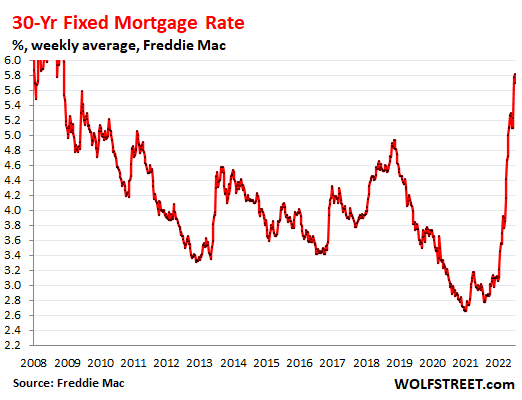Competition for Buffalo metro apartments is hot, a RentCafe study finds

For every available apartment in the Buffalo metro, there are 10 prospective renters.
It’s just one metric that illustrates the competitiveness of the local rental market, based on data from Yardi Matrix’s RentCafe 2023 Rental Competitively Report. The information examines rental housing for this summer’s peak moving season for large-scale multifamily properties of 50 units or more.
While this is just one — perhaps small — segment of Buffalo’s rental housing market, it’s a good benchmark that typically matches overall rental trends in a given metro, said Doug Ressler, senior analyst and manager business intelligence with Yardi Matrix, a commercial real estate market intelligence firm. His company’s analysis showed Buffalo was the 18th most competitive small market.
Why it matters: The rental and home-buying markets affect each other and, in turn, the communities in which they exist, from affordability to employment to migration and population growth.
Rising interest rates have put many single-family residential homes across the country out of reach price-wise for typical first-time homebuyers, according to Ressler. That, coupled with a lack of new inventory and some demographics’ having less of a desire to own versus rent. has funneled more competition into rental housing.
The Buffalo metro, defined as Erie and Niagara counties, has a rental unit occupancy rate of 94.5%, according to RentCafe, and seven out of every 10 renters chooses to renew their leases. That means fewer new vacancies.
And inventory is a problem in the rental market as well as the home-buying market.
Some 1,984 multifamily units are projected to be completed in Buffalo in 2024. That’s a step up from the 368 units projected to be finished this year, according to RentCafe, but that number declines again a bit in 2025, when 986 units are projected to be done.
“Right now, I don’t see anything in terms of economic investment that will sustain that linear growth,” Ressler said.
Looking beyond just multifamily units, Erie and Niagara counties have seen an increase of 11,600 renter-occupied units over the last decade (from 2012 to 2022), according to U.S. Census Bureau one-year American Community Survey data. (One-year estimates for 2020 were not available due to the pandemic.)
That’s a 7.3% increase in renter-occupied housing units over the decade.
Meanwhile, a limit in housing means a cap on potential employment growth.
U.S. Bureau of Labor Statistics data shows monthly employment levels were, on average, 522,940 in 2022 for the Buffalo-Cheektowaga-Niagara Falls metro area. That’s a roughly 0.4% increase from nearly a decade earlier in 2013, when the average monthly employment level was 520,656.
“What it says is Buffalo’s not competing well with the creation of jobs, creation of wealth, creation of housing,” Ressler said. “I look for that to eventually change.”


